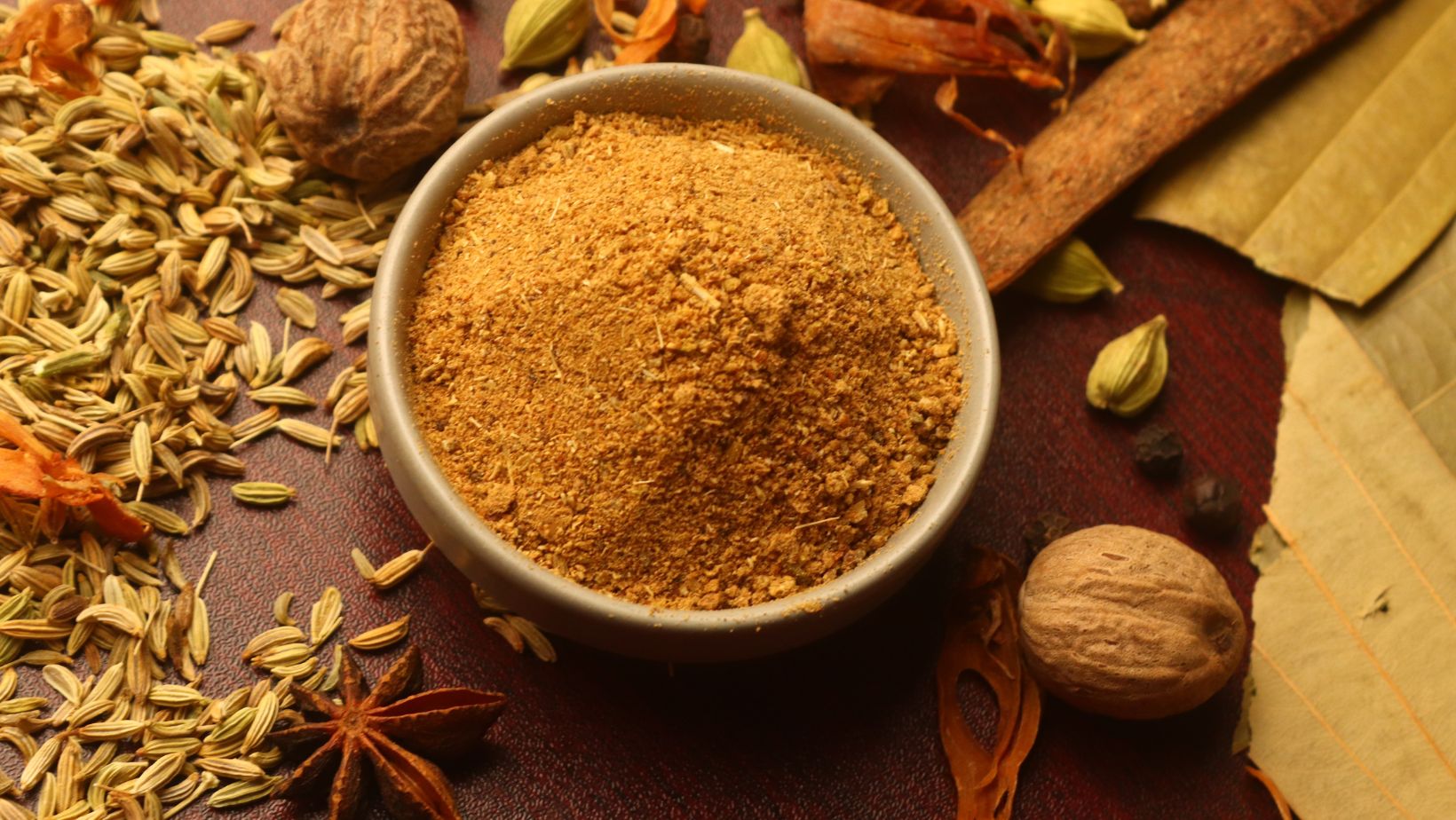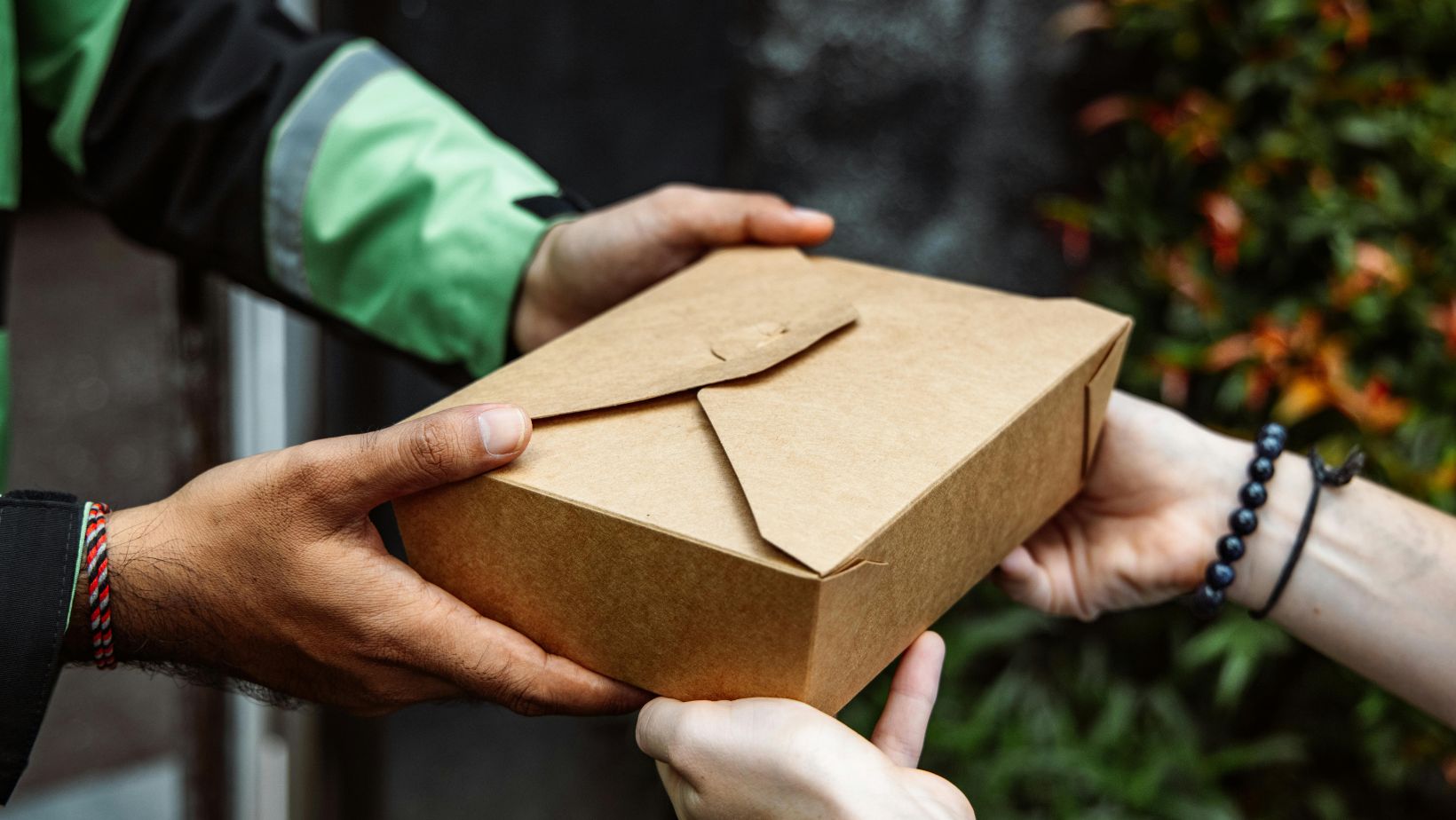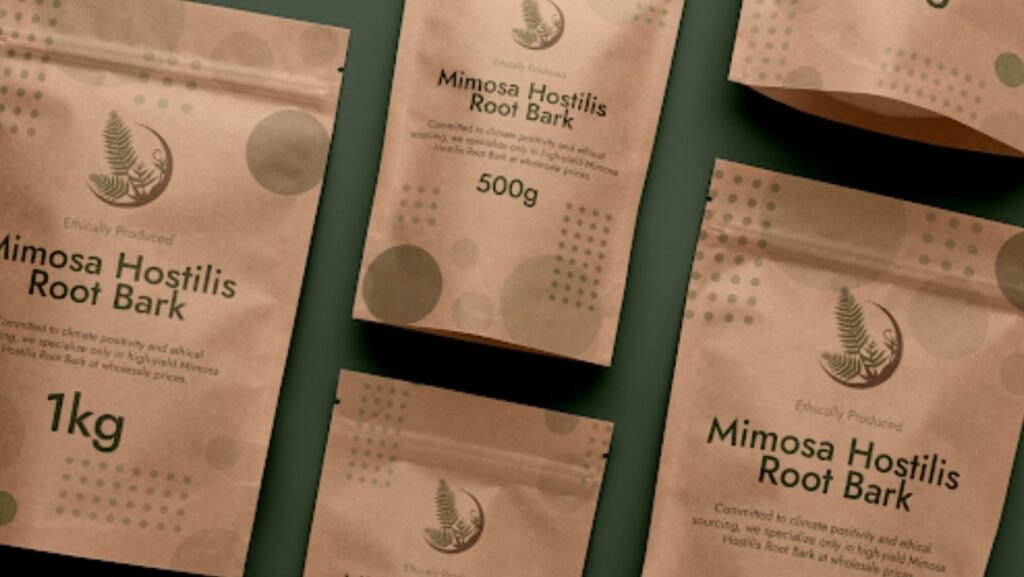Mimosa Hostilis Root Bark (MHRB) is widely known for its rich dyeing properties, traditional medicinal uses, and presence in ethnobotanical circles. Whether you’re a hobbyist, a natural dye enthusiast, or exploring the world of plant-based materials, buying MHRB requires careful consideration. The market is diverse, but not all sources are equal. Here’s a guide to help you make an informed and safe purchase.
1. Understand What MHRB Is
Mimosa Hostilis, also known as Jurema Preta, is a perennial tree native to Brazil and parts of Central America. Its root bark is especially prized for:
- A deep purple dye is used in textiles and art.
- Traditional healing properties, especially for skin issues.
- Ethnobotanical significance in certain cultures.
Before buying, be sure that MHRB is legal in your country or state, especially if your interest includes its chemical composition. Laws can vary significantly.
2. Source Legitimacy Matters
One of the biggest concerns when buying MHRB is supplier reliability. Due to its niche market and legal ambiguity in some regions, MHRB is often sold by vendors of varying credibility.
What to look for:
- Established reputation: Look for reviews, forum feedback (such as on Reddit or DMT Nexus), or community recommendations.
- Clear product information: The best sellers specify whether it’s inner or outer root bark, the origin (Brazil, Mexico, etc.), and the processing method.
- Customer support: A legitimate seller will respond to inquiries and stand behind their product.
Avoid marketplaces or vendors that make dubious claims or operate in the legal gray area without transparency.
3. Inner vs. Outer Root Bark
Not all MHRB is the same. There’s a major difference between inner and outer root bark:
- Inner root bark is the most sought-after, often purple in color, and contains the highest concentration of active compounds.
- Outer bark is less potent and often mixed in with fillers when sold cheaply.
Ensure that the product is labeled as 100% inner root bark if that’s what you need for dyeing or other purposes.
4. Form: Powdered vs. Shredded
MHRB is typically available in two forms:
- Shredded: Easier to store and longer-lasting. Ideal for traditional uses or brewing natural dyes.
- Powdered: More convenient but degrades faster and may be harder to evaluate in terms of quality.

If you’re concerned about adulteration or want to inspect the bark before using it, shredded MHRB is often a safer choice.
5. Sustainability and Ethical Sourcing
With increased global demand, the pressure on wild Mimosa Hostilis populations is growing. Choose suppliers who engage in sustainable harvesting, ideally from farms rather than wild trees. Ethical sourcing helps protect the plant, the environment, and the indigenous communities involved.
Look for:
- Harvested from private lands or managed forests
- Mention of fair trade or local cooperative involvement
- Certifications or transparency about sourcing
6. Price Isn’t Everything
If the price seems too good to be true, it probably is. Ultra-cheap MHRB may be:
- Diluted with outer bark or other plant materials
- Old stock that’s lost potency
- Unethically sourced or even illegal
A fair price reflects quality, sustainability, and safety. Don’t cut corners if you want a product you can trust.
7. Know the Laws in Your Region
MHRB contains compounds that are controlled in many parts of the world. Even though the bark itself is not always explicitly banned, its intended use can be a legal gray area.

Before purchasing:
- Check your local and national regulations
- Avoid international shipping if legality is uncertain.
- Understand potential customs or seizure issues
Responsible sourcing and use go hand in hand with legal awareness.
Final Thoughts
Buying MHRB is not as simple as clicking “Add to Cart.” It requires research, discretion, and ethical consideration. Whether you’re drawn to its natural dyeing power, its rich cultural history, or its healing legacy, make sure you’re sourcing it responsibly. Choose trusted vendors, value sustainability, and always stay informed about the legal landscape.
By following these guidelines, you can make a smart and respectful decision as a buyer—and enjoy all that Mimosa Hostilis has to offer.
